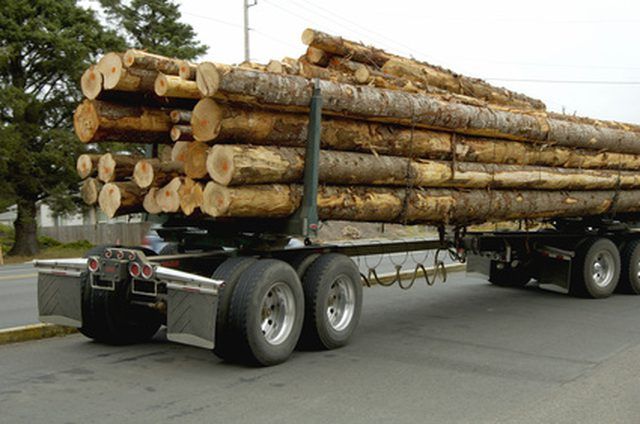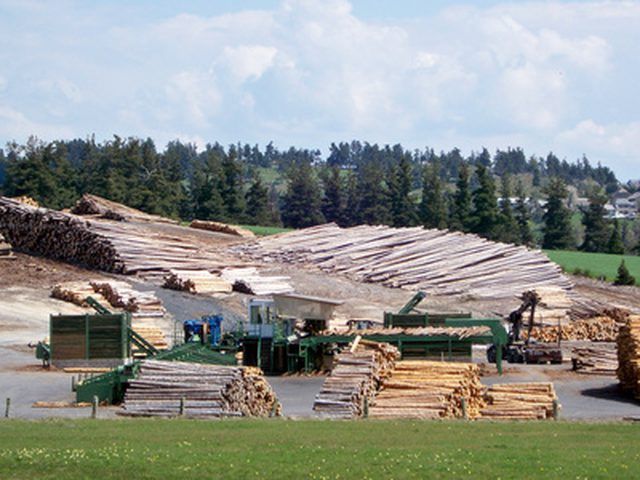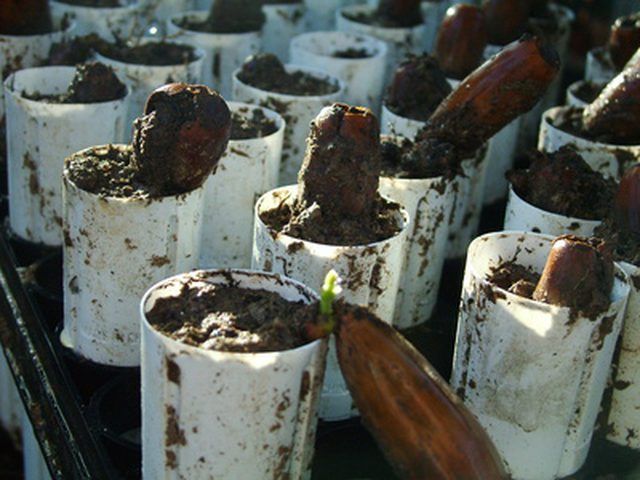Bulbs
Flower Basics
Flower Beds & Specialty Gardens
Flower Garden
Garden Furniture
Garden Gnomes
Garden Seeds
Garden Sheds
Garden Statues
Garden Tools & Supplies
Gardening Basics
Green & Organic
Groundcovers & Vines
Growing Annuals
Growing Basil
Growing Beans
Growing Berries
Growing Blueberries
Growing Cactus
Growing Corn
Growing Cotton
Growing Edibles
Growing Flowers
Growing Garlic
Growing Grapes
Growing Grass
Growing Herbs
Growing Jasmine
Growing Mint
Growing Mushrooms
Orchids
Growing Peanuts
Growing Perennials
Growing Plants
Growing Rosemary
Growing Roses
Growing Strawberries
Growing Sunflowers
Growing Thyme
Growing Tomatoes
Growing Tulips
Growing Vegetables
Herb Basics
Herb Garden
Indoor Growing
Landscaping Basics
Landscaping Patios
Landscaping Plants
Landscaping Shrubs
Landscaping Trees
Landscaping Walks & Pathways
Lawn Basics
Lawn Maintenance
Lawn Mowers
Lawn Ornaments
Lawn Planting
Lawn Tools
Outdoor Growing
Overall Landscape Planning
Pests, Weeds & Problems
Plant Basics
Rock Garden
Rose Garden
Shrubs
Soil
Specialty Gardens
Trees
Vegetable Garden
Yard Maintenance
How Trees Are Cut Down & Transported to Saw Mills
How Trees Are Cut Down & Transported to Saw Mills. Lumber is produced by processing raw timber at saw mills. Trees are cut down in approved lumber harvesting areas and loaded onto trucks or made into barges for transport. Once they arrive at the sawmill, they are sorted for processing. There are a number of ways these trees are harvested and...

Lumber is produced by processing raw timber at saw mills. Trees are cut down in approved lumber harvesting areas and loaded onto trucks or made into barges for transport. Once they arrive at the sawmill, they are sorted for processing. There are a number of ways these trees are harvested and processed, once a logging company has gotten approval to harvest lumber.
Selection
Lumber can only be harvested from areas approved by a nation's forestry council. Loggers must apply for yearly quotas from specific areas. Once a quota is approved, the company may begin logging. Ordinarily, all trees within the approved area above three inches in width are cut down.
Felling and Limbing
The trees will be cut down either by hand, using a chainsaw, or using a large machine called a "feller buncher," which is similar to a backhoe, but instead of a shovel, has a grasping assembly with circular saws at the bottom. The assembly grasps the tree firmly, cuts through the trunk, and then lays the felled tree on the ground. The tree branches are then removed with chainsaws, a process called "limbing."
Loading
If the logging site is near a river, the limbed trunks are dragged to shore, where they will be arranged for floating. At logging sites away from rivers, they are loaded onto the backs of waiting semi trucks by log loaders, another backhoe-like piece of machinery with a specialized hydraulic assembly on the end of its arm. The log loader's assembly is designed to simply grip and lift tree trunks. These machines are able to lift and carry tremendous weight while retaining 360 degree mobility with the loading arm.
Transport
For riverside logging camps, transport is often still done by creating log barges. Since wood floats, all that is needed to form a log barge is an enclosed area on the water's surface. Most of the time, some of the logs themselves are chained together to create this enclosure. These log barges are them either floated downriver or pulled upriver by a tug boat to the sawmill. Logs transported over land are loaded onto a special type of semi trailer. At the front and rear of the trailer are strong metal brackets with vertical arms between seven and ten feet tall. The rear wheels of the trailer are connected to the front of it by a single metal beam, since there is little weight to be supported by a truck bed. The rear wheels on trailers for exceptionally long logs are not connected at all. Instead, they are tightly chained to the bundle of logs.

Unloading
At river-based sawmills, the log barges are chained to heavy cement pylons upriver from a receiving area. The logs are then gradually allowed to float downriver into the receiving area, where they are guided onto toothed chain belts that pull them out of the water and into the sawmill proper. At landlocked sawmills, the logs are unloaded from the semi trailers by another log loader and stacked in piles organized by log width. A forklift with a grasping attachment will return for individual logs when that size of log is being processed by the sawmill.saw

Reforesting
The last stage of lumber harvesting is reforestation. Loggers are generally required to plant more trees than they harvested, to ensure that we don't run out of forest. The exact number of trees replanted varies, but some logging companies plant up to 20 tree for each tree cut down. The logging company must ensure that at least as many trees as were cut down survive to adulthood.
